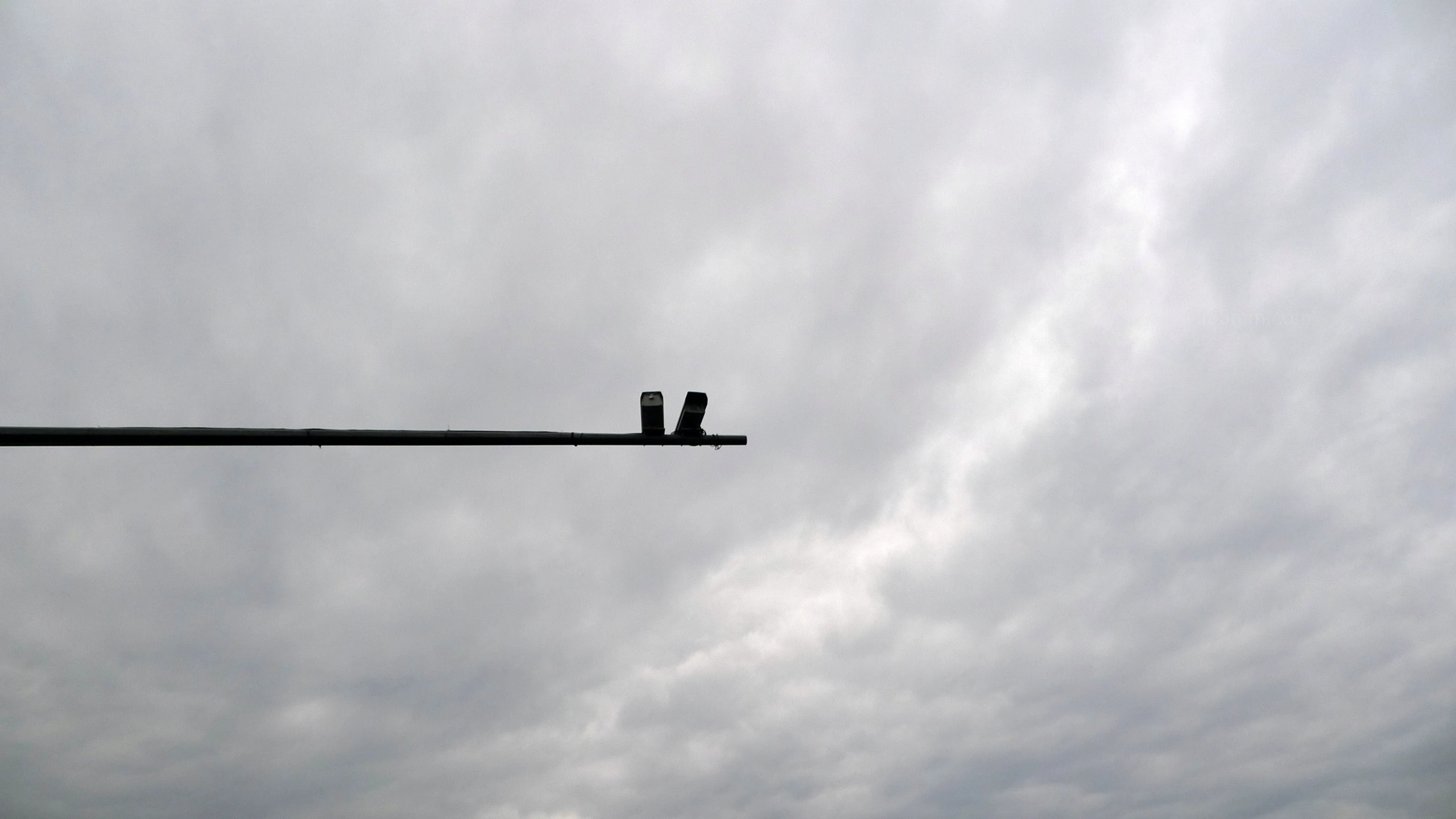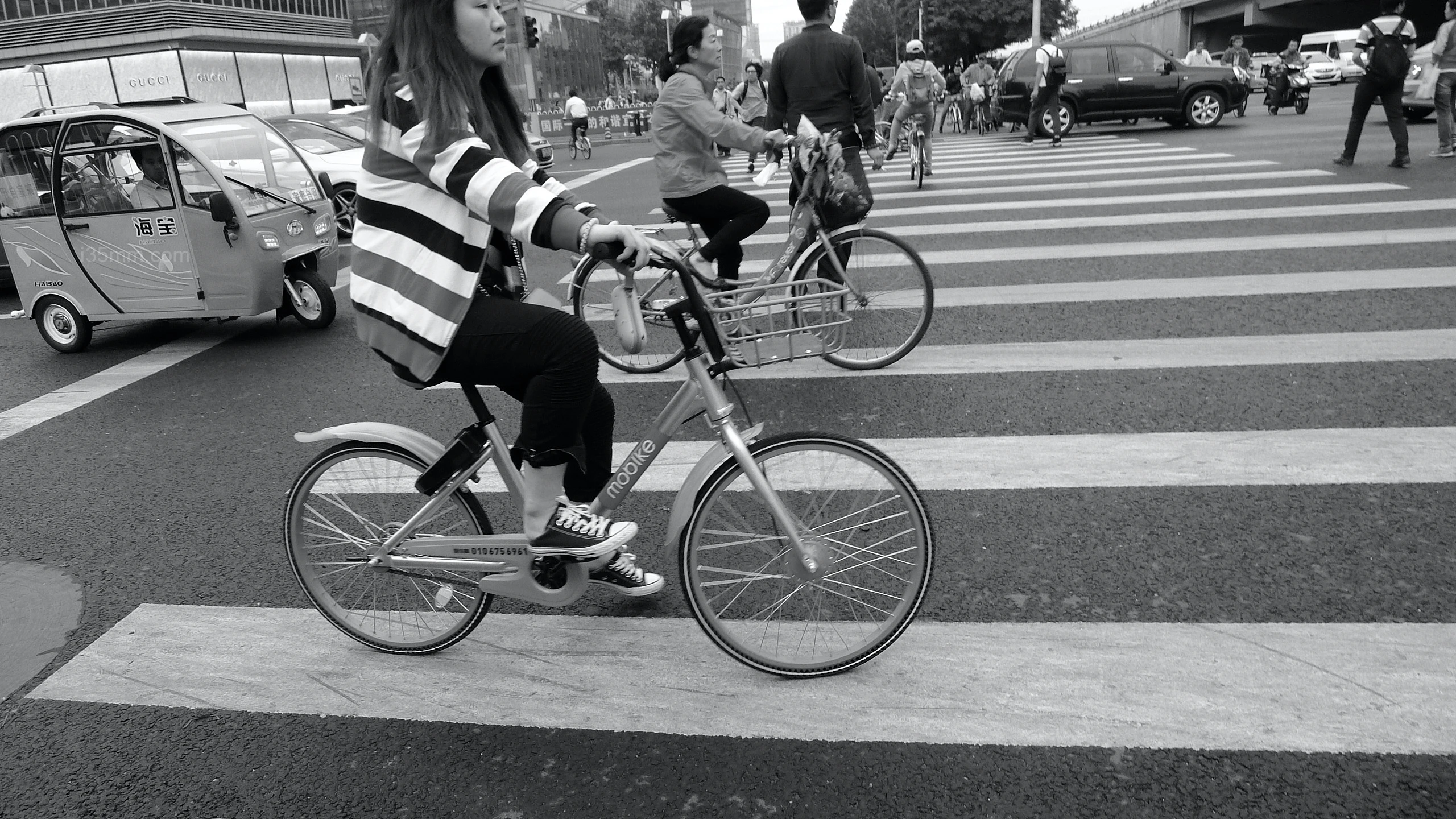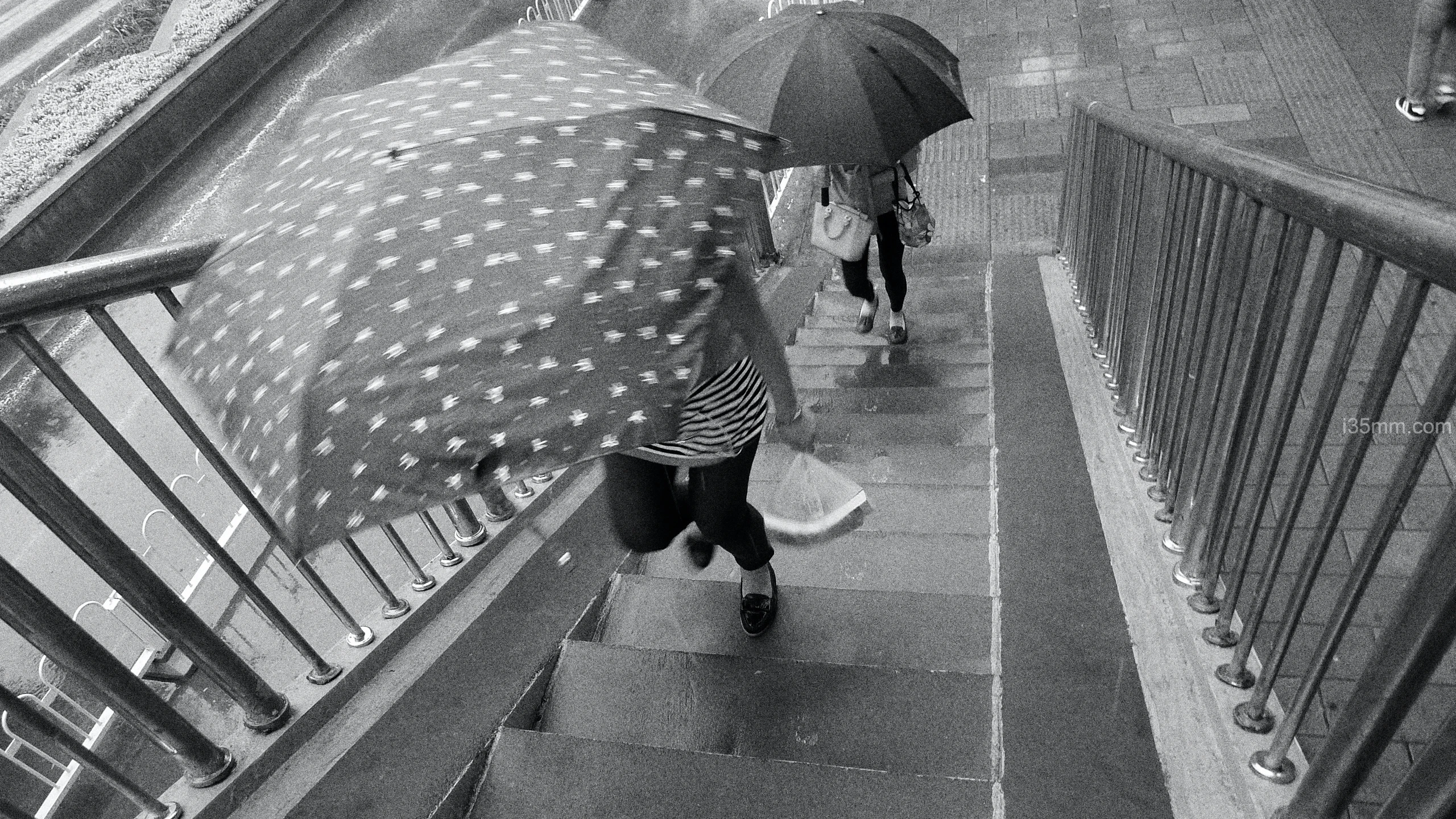




Imagine a camera that slips into your life as effortlessly as a spring breeze rustling through a cherry blossom grove—a fleeting whisper of beauty, delicate yet purposeful. That’s the MINOX MB/ML for you. This little gem from Germany’s storied craftsmanship has roots in the shadowy world of spy gadgets—think James Bond slipping one into his tuxedo pocket before a martini-soaked mission. From that clandestine lineage, you’d expect it to excel at quick, close-up shots, and boy, does it deliver. No wonder Leica, the grandmaster of lenses, scooped it up as a subsidiary. Compared to heavyweights like the Contax TVS III or Minolta TC-1, the MINOX stands out with two magic words: affordable and portable.
The Lens: A German Heart in a Humble Shell
Let’s start with the good stuff: that MINOX Color-Minotar 35mm f/2.8 lens. It’s pure German precision—sharp, crisp, and worthy of Leica’s approving nod. Sure, the body’s plastic, and some gearheads might scoff at it like it’s a paperback next to a leather-bound classic. Picture this: if a Leica M3 decided to flex its metal muscles and smash a MINOX, it’d be a one-sided brawl—shattered plastic everywhere. But here’s the kicker: can you tuck an M3 into your shirt pocket and saunter off to a picnic? Didn’t think so. The Contax wouldn’t fare much better in that imaginary showdown either.
The MINOX’s plastic shell might not scream durability, but its heart—a simple, scientific design—beats strong. Take it to the highlands or a snowy peak, and it’ll hum along happily, snapping away without a hiccup. And with so many of these floating around, if one gives up the ghost, replacing it costs about as much as a Leica UV filter. That’s a steal. Andy Warhol loved it—paired it with a flash, no less—and I get why. The MINOX with a flash isn’t just cool; it’s downright dapper, and the photos it pumps out have that same swagger.
Now, a small confession: that f/2.8 lens, as lovely as it is, doesn’t quite tame glare like a Leica or Contax. It’s a trade-off for its pint-sized brilliance.
The Everyday Magic
What makes the MINOX a delight is how it fits into your day. The imaging is rich, with layers that unfold like a well-told story—think of Kazuo Ishiguro’s quiet, evocative prose, where every detail builds a world. The metering? Spot-on. The controls? Simple enough to master over a lazy coffee. That shutter prompt in the viewfinder is a thoughtful touch, like a friend nudging you to seize the moment. The frosted body feels great in hand—smooth, not scratchy like the Rollei 35, which always seems to poke at you.
Two Tips for the Road
- Rating: 4/5 (for dreamers) | 3/5 (for gear purists)
A pocket-sized sonnet—recite it off-key, and it still charms the room. - Rating: 5/5 (for wanderers) | 2/5 (for tripod loyalists)
A kite on a string—light enough to soar, but don’t ask it to anchor your ship.
The Verdict: A Trusty Sidekick
The MINOX MB/ML isn’t here to steal the spotlight—it’s a cheerful companion, a tool that gets the job done with a grin. Light as a feather at 180g, small enough to vanish into your pocket (100×62×32mm), it blends electronic shutters with program and aperture-priority modes seamlessly. The lens—4 elements in 3 groups—spans f/2.8 to f/16, focusing from 0.9m to infinity, while the shutter dances between 1 and 1/500 seconds. It sips power from a PX 28 lithium battery and handles ISO 25-1600 film like a pro. Oh, and that black, reinforced fiberglass body? It’s got a understated charm.
Pros
- Light and tiny—your perfect travel buddy.
- Electronic shutter plus dual-mode flexibility.
- Affordable enough to keep the wallet smiling.
Cons
- Lens quality, while solid, doesn’t quite match the Rollei 35’s finesse.
Final Thoughts
The MINOX MB/ML is like a trusty bamboo flute in a world of brass orchestras—simple, elegant, and unmistakably itself. (There’s your Chinese nod—a bamboo flute, familiar yet exotic to Western ears.) It’s not the flashiest, but it’s a joy to carry, a breeze to use, and a reminder that sometimes the smallest things bring the brightest moments. Whether you’re chasing sunsets or candid laughs, this little wonder’s got your back.








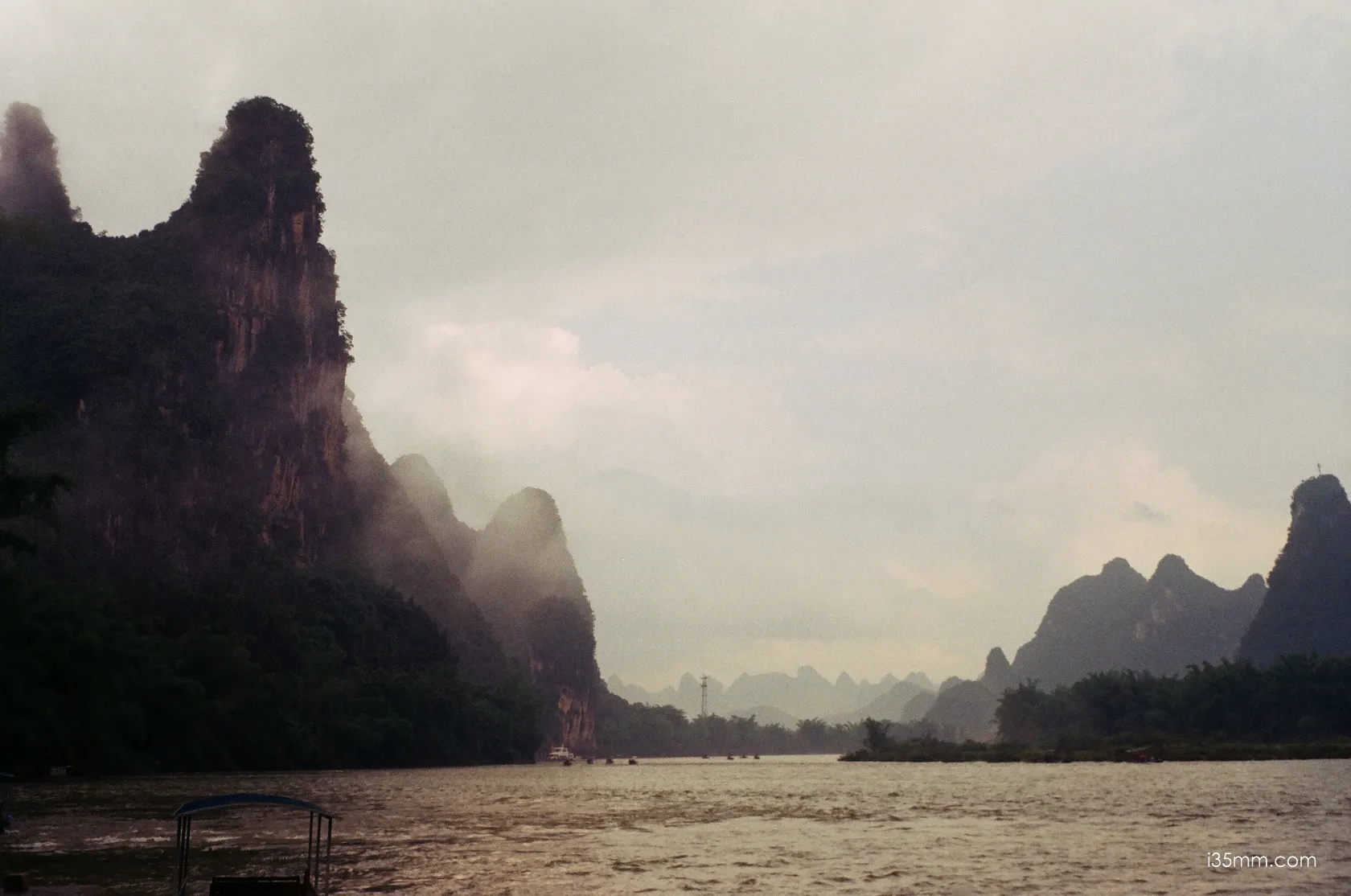







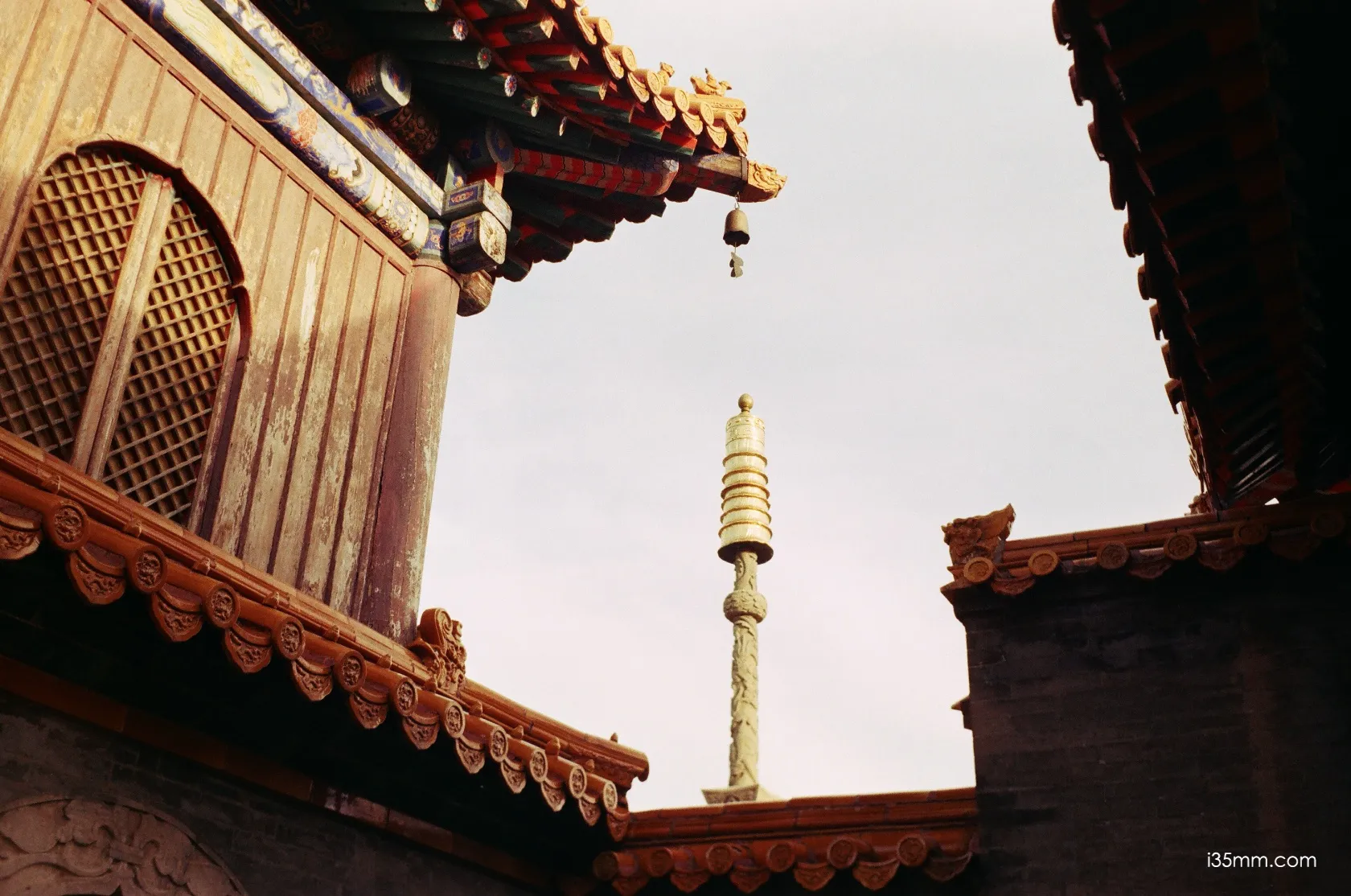
Leica CM Review: The Haiku Master of Film Cameras
Prologue: The Last Waltz of Analog
In the twilight of the 20th century, as digital dawn loomed like a distant train whistle, the Leica CM emerged—a titanium-clad haiku etched in light. Priced between 1,500–1,500–3,000 (2024 USD), this 290g relic is the Miles Davis solo of compact cameras: effortless, timeless, and achingly cool. Think of it as the final love letter from an era when cameras were built to outlive trends, not algorithms.








Continue reading Leica CM Review: The Haiku Master of Film Cameras
Minox AF Review: The Volkswagen Beetle of Film Cameras
Prologue: The Pocket-Sized Time Machine
In a world racing toward AI-powered everything, the 1988 Minox AF glides in like a vintage Volkswagen Beetle—small, unpretentious, and stubbornly analog. Priced between 150–150–300 (2024 USD), this 200g plastic-and-glass marvel is the haiku of film photography: brief, beautiful, and deceptively profound. Forget autofocus speed demons—this German-made gem rewards patience like a Bavarian baker rewards early risers.
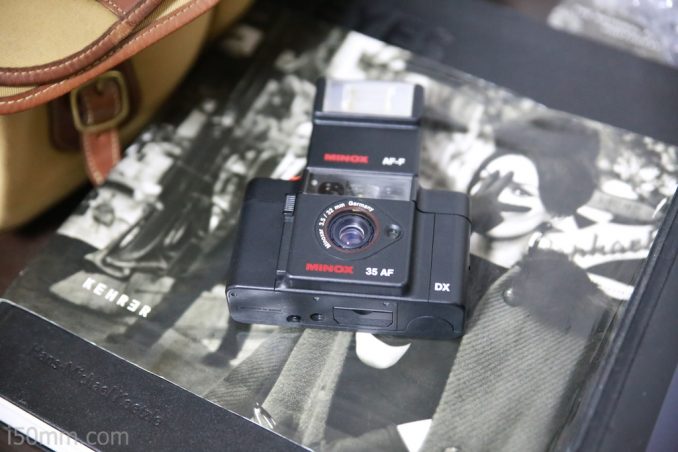
Continue reading Minox AF Review: The Volkswagen Beetle of Film Cameras
Leica Mini 3 Review: The Pocket-Sized “Soap Bar” of 90s Nostalgia
Prologue: The Unlikely Underdog
In the 1990s, when brick-sized zoom compacts ruled the streets, the Leica Mini 3 slipped into the scene like a stealthy haiku—small, poetic, and disarmingly brilliant. Priced between 400–400–800 (2024 USD) today, this 180g plastic-and-glass gem is the Mini Cooper of film cameras: unpretentious, joyful, and engineered for spontaneity. Forget clunky SLRs—this is photography’s answer to a perfectly folded origami crane.






Continue reading Leica Mini 3 Review: The Pocket-Sized “Soap Bar” of 90s Nostalgia
The Phoenix 205-A: A Camera So Cheap, It Might Actually Be a Time Machine


Introduction: When “Vintage” Meets “Wait, This Is Actually Good?”
Let’s get one thing straight: the Phoenix 205-A isn’t just a camera. It’s a cultural artifact, a relic from a time when “vintage” wasn’t a hipster buzzword but a way of life. This little gem, with its Leica-esque looks and budget-friendly price tag, is proof that you don’t need to sell a kidney to enjoy photography.
Is it perfect? No.
Is it charming? Absolutely.
Is it cheaper than a single Leica UV filter? You bet.
Continue reading The Phoenix 205-A: A Camera So Cheap, It Might Actually Be a Time Machine
Minox DCC 5.1: The Pocket-Sized Time Traveler










Minox DCC 5.1: The Pocket-Sized Time Traveler
(A review crafted like a lazy Sunday in a Parisian café—unhurried, whimsical, steeped in quiet charm)
The Espresso Shot of Nostalgia
In a world drowning in 100MP sensors and AI-enhanced selfies, the Minox DCC 5.1 tiptoes in like a handwritten love letter—a 2000s digital relic dressed in Leica M3 couture. Smaller than a deck of tarot cards (120g), this titanium-clad charmer costs less than a hipster’s monthly oat milk budget (150–150–200 in 2024). For those who crave Leica romance but lack a CEO’s salary, it whispers: “Why chase perfection when you can savor poetry?”
Design: Leica’s Miniature Muse
- Pocket Couture: A Leica M3 shrunk in the wash, its brass accents glowing like aged whiskey. The faux film advance lever clicks with the satisfying heft of a vintage typewriter key.
- Spy Game DNA: Born from Minox’s Cold War-era microcameras, it hides a Chinese puzzle box’s ingenuity—small, mysterious, rewarding patience.
- Optical Jewel: The 9mm Minotar lens winks like a sly raccoon—tiny, clever, unexpectedly sharp.
Feature Haiku
- Three-Zone Focus: 0.5m (flower petals), 1m (strangers’ smiles), ∞ (cloud castles)
- Digital Alchemy: 5MP files that glow like sepia-toned daydreams
- Detachable Viewfinder: A metal monocle for composing life’s fleeting acts
The Generational Waltz
| Realm | Minox DCC 5.1 (2005) | Modern Smartphone Camera |
|---|---|---|
| Resolution | 5MP (enough for heartbeats) | 48MP (enough for paranoia) |
| Focus | Zen garden simplicity | Algorithmic overthink |
| Bokeh | Vintage lace curtains | Computational uncanny valley |
| Battery Life | 2004 Nokia stamina | 2024 influencer attention span |
| Soul | Haiku | Corporate mission statement |
The Joyful Contradictions
Manual Focus, Modern Ease
Rotating the focus ring feels like tuning a beloved radio—slightly stiff, deeply satisfying. At 0.5m, it paints bokeh that would make 1950s Leica engineers nod approvingly: soft as butter left in sunlight.
Pixel Poetry
Yes, 5MP sounds prehistoric. But like a Song dynasty ink painting, its magic lies in suggestion, not hyperrealism. Skin tones avoid the zombie-apocalypse pallor of modern computational photography, opting instead for the warmth of parchment under candlelight.
Who Needs This?
✓ Leica Dreamers: Who’d rather sip espresso than mortgage a house
✓ Analog Purists: Dipping toes in digital without selling their soul
✓ Street Theater Lovers: Turning sidewalks into personal Truman Shows
✓ Minimalist Magpies: Collectors of beautiful useless things
The Tao of Tiny
Here lies its Eastern whisper—a philosophy familiar to bonsai gardeners:
- Smallness reveals essence
- Constraints breed creativity
- Imperfection holds truth
Like pruning a miniature pine, the DCC 5.1 teaches focus through limitation.
8. Final Verdict: The Anti-Gadget Gadget
For the price of a sushi platter (150–150–200), you escape:
- Endless spec comparisons
- Software update anxiety
- The existential dread of cloud storage
What you gain:
- A mechanical haiku generator
- Proof that “obsolete” often means “free to be interesting”
- The right to photograph strangers without looking like a creep
Epilogue: The Camera That Forgot to Care
We chase cameras that promise to stop time, only to drown in infinite scrolls of forgotten shots. The DCC 5.1, with its Leica cosplay and spy-tech soul, whispers an ancient secret: “The best photos aren’t taken—they’re discovered.” Its quirks aren’t flaws, but winks from a simpler era when photography was a verb, not a filter.
Pro Tips:
- Light Hack: Shoot at golden hour—its sensor sings in low-fi glory
- Memory Trick: Pretend it’s 2005; delete nothing
- Ultimate Flex: Clip it to your keys—watch Leica owners weep
Rating:
📸📸📸◻️◻️ (3/5 for pixel priests)
🍵🍵🍵🍵🍵 (5/5 for sidewalk philosophers)
“The best camera isn’t the one that captures everything—it’s the one that helps you notice something.”










Samsung VEGA 140S: The Little Stowaway
(A tale spun like a lazy browse through a sun-dappled flea market—easygoing, intrigued, brimming with small delights)
The Oddball’s Arrival
Where cameras strut their vintage swagger or techy sheen, the Samsung VEGA 140S ambles up like a weathered keepsake from a rummage bin. This 1990s charmer, dusted with Schneider’s quiet genius, weighs less than a flea-market paperback and hums with thrift-shop charm. It’s yours for a pittance—80–80–120 in 2024—a bargain that doesn’t brag. While the crowd ogles Bavarian heft or Tokyo’s gloss, it nudges you with a grin: “Why not find treasure where the spotlight skips?”
Design: The Everyday Wonder
- Stowaway Charm: A boxy little relic, softened by years like a stone tumbled in a stream. Its matte coat shrugs off smudges like a traveler’s worn map.
- Lens Whisper: The 28–112mm lens stretches out like a cat waking from a nap—smooth, deliberate, no fuss.
- Rough-Cut Grace: Pieced together in a forgotten workshop, it’s a scrappy gem—like a hand-stitched quilt with a secret glow.
Continue reading Samsung VEGA 140S: The Little Stowaway
Leica D-Lux (Typ 109) Review: The Wolf in Panasonic’s Clothing—Where Corporate Pragmatism Meets Teutonic Soul
The Time Capsule
In the twilight of the compact camera era (2014), when smartphones hadn’t yet devoured casual photography whole, the Leica D-Lux Typ 109 emerged—a 4/3 sensor wrapped in aluminum mystique. To hold one today is to grasp a relic from photography’s last analog gasp, when “premium compact” wasn’t an oxymoron but a promise. Its DNA? 85% Panasonic LX100, 15% Leica fairy dust. Yet like a Stradivarius played by a street musician, the magic lies not in provenance, but in execution.
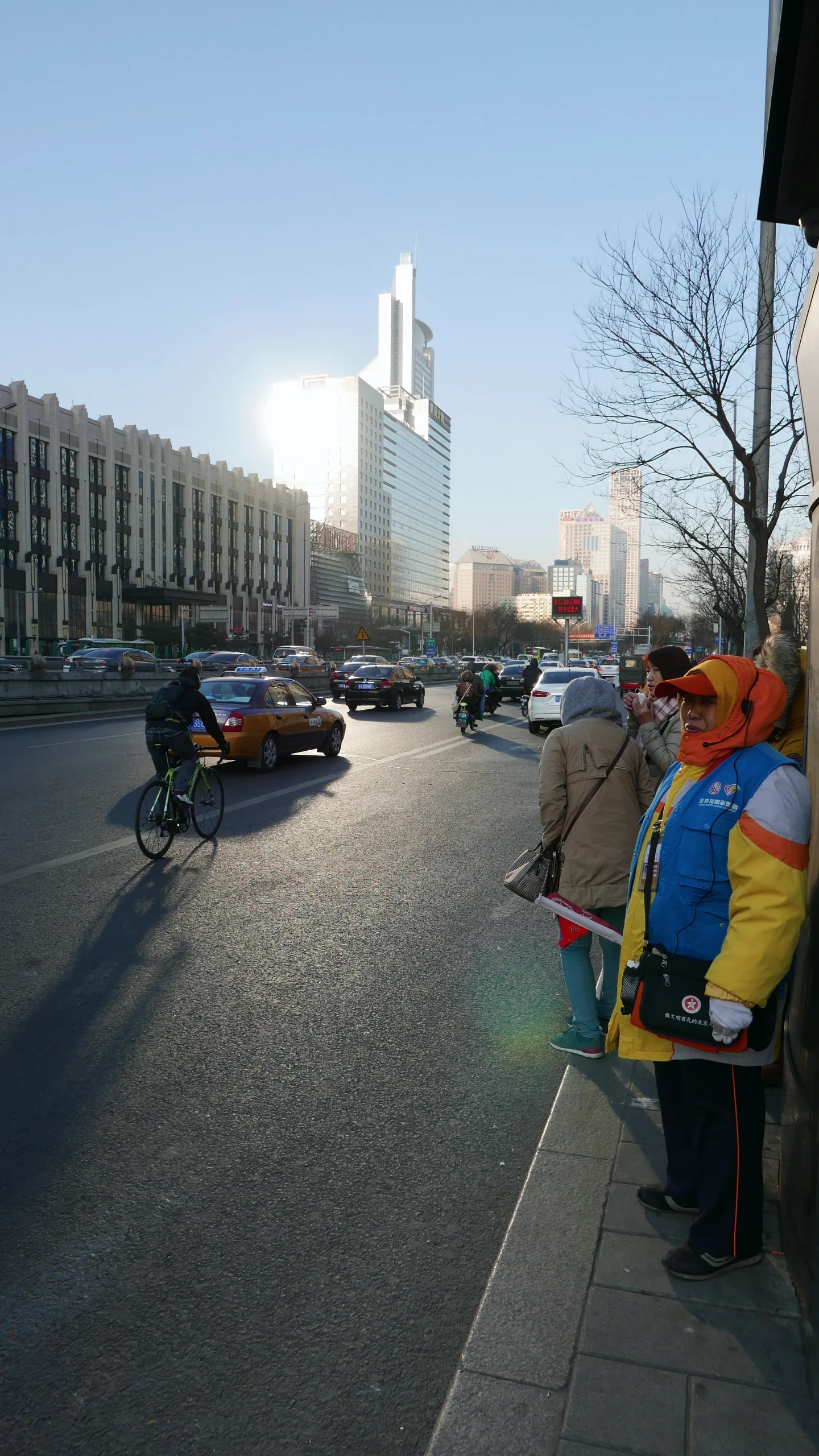


Design
- Body Language
- Dimensions: 118 x 66 x 55mm—fits in a jacket pocket, not a corporate soul
- Weight: 405g (14.3oz)—dense as a Weimar-era novel
- Aesthetic: Leica red dot glowing like Dieter Rams’ guilty pleasure
- Lens Alchemy
- Specs: 24-75mm f/1.7-2.8 (equiv)—brighter than LX100’s optics dare
- Coating: Leica’s secret sauce—flare resistance with a side of je ne sais quoi
- Interface Paradox
- Physical Dials: Aperture ring, shutter speed dial, EV compensation—haptic heaven
- Touchscreen: None (praise the analog gods)
Sensor Wars
| Aspect | Leica D-Lux 109 | Panasonic LX100 |
|---|---|---|
| Sensor | 4/3″ 12.8MP | 4/3″ 12.8MP |
| Color Science | Leica’s “Ektachrome” | Panasonic’s “Reality+” |
| JPEG Rendering | Velvia-esque saturation | Clinicall neutrality |
| Soul | Wim Wenders’ gaze | Tech spec spreadsheet |
The 4/3 Revelation
While APS-C rebels and full-frame snobs scoff, the 4/3 sensor here channels Olympus’ PEN-F legacy:
- Dynamic Range: 11 stops—sufficient for Weimar-level drama
- Low Light: ISO 3200 = acceptable grain, ISO 6400 = “artistic choice”
- Crop Factor: 2x multiplier transforms legacy glass into new beasts
Leica’s Alchemical Touch
Yes, it’s a Panasonic LX100—but reborn through Teutonic sorcery:
- Firmware Magic: Shadow tones roll off like Brahms lullabies
- Lens Tuning: Edge sharpness sacrificed for center bite (a Leica sacrament)
- Color Doctrine: Reds sing Puccini arias, blues plunge into Baltic depths
Who Should Buy This?
✓ Nostalgia Addicts: Yearning for 2010s camera culture
✓ Leica Curious: Testing waters before M-dive
✓ Street Minimalists: Who’d trade AF speed for tactile joy
Avoid If: You pixel-peep or need 4K/60.
Final Verdict: The Beautiful Lie
The D-Lux 109 is photography’s best placebo—a $700 lesson in perceptual reality. For the price delta over LX100, you’re buying:
- Red dot confidence (priceless)
- JPEGs that develop like darkroom prints
- Proof that soul transcends spec sheets
Rating: ⭐⭐⭐✨/5 (for romantics) | ⭐⭐/5 (for realists)
“A camera that whispers: ‘Authenticity is overrated—let’s make pretty lies.’”
Aluminum shell,
Leica’s ghost in Panasonic—
Time’s sweet con artist.
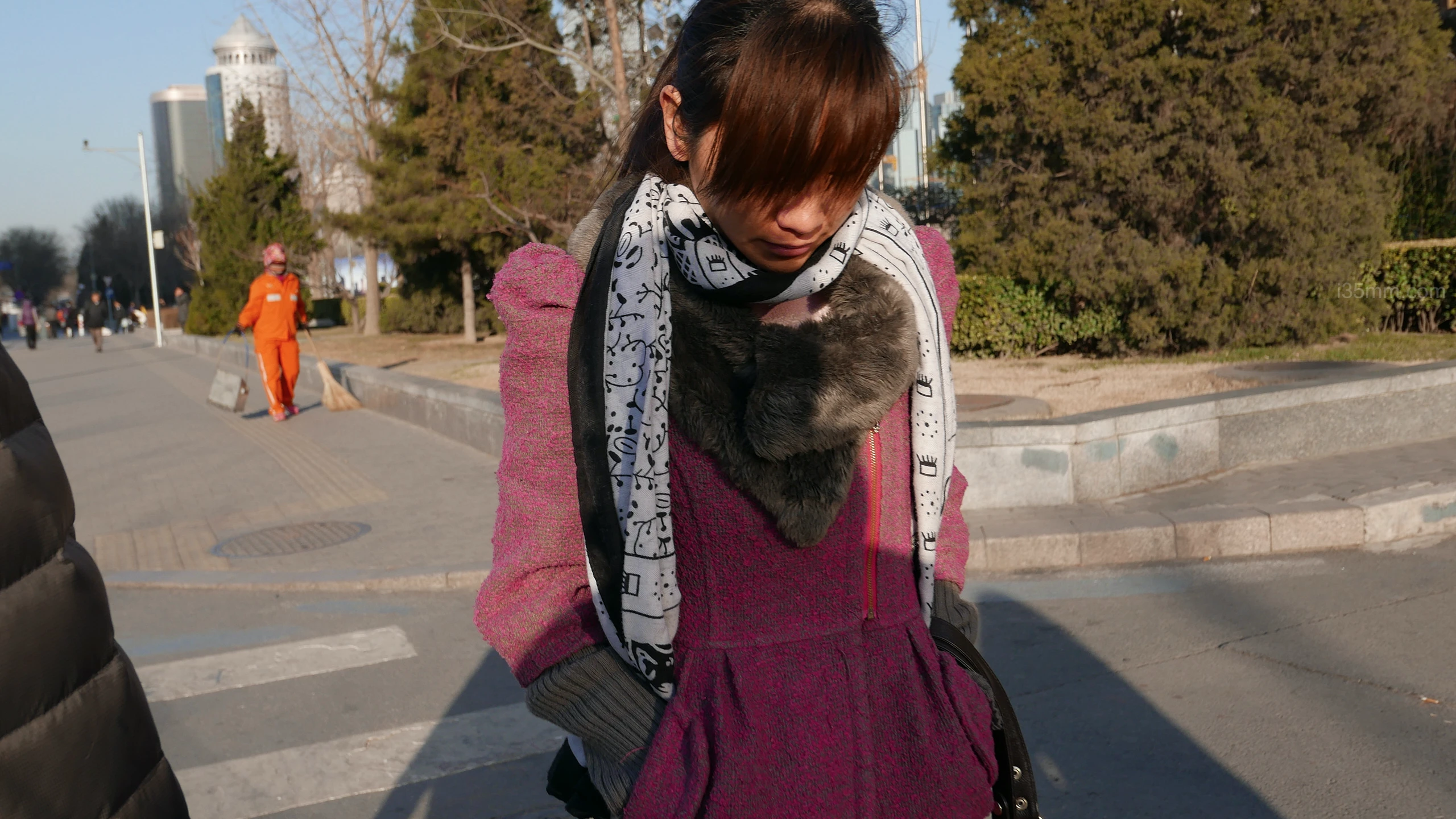
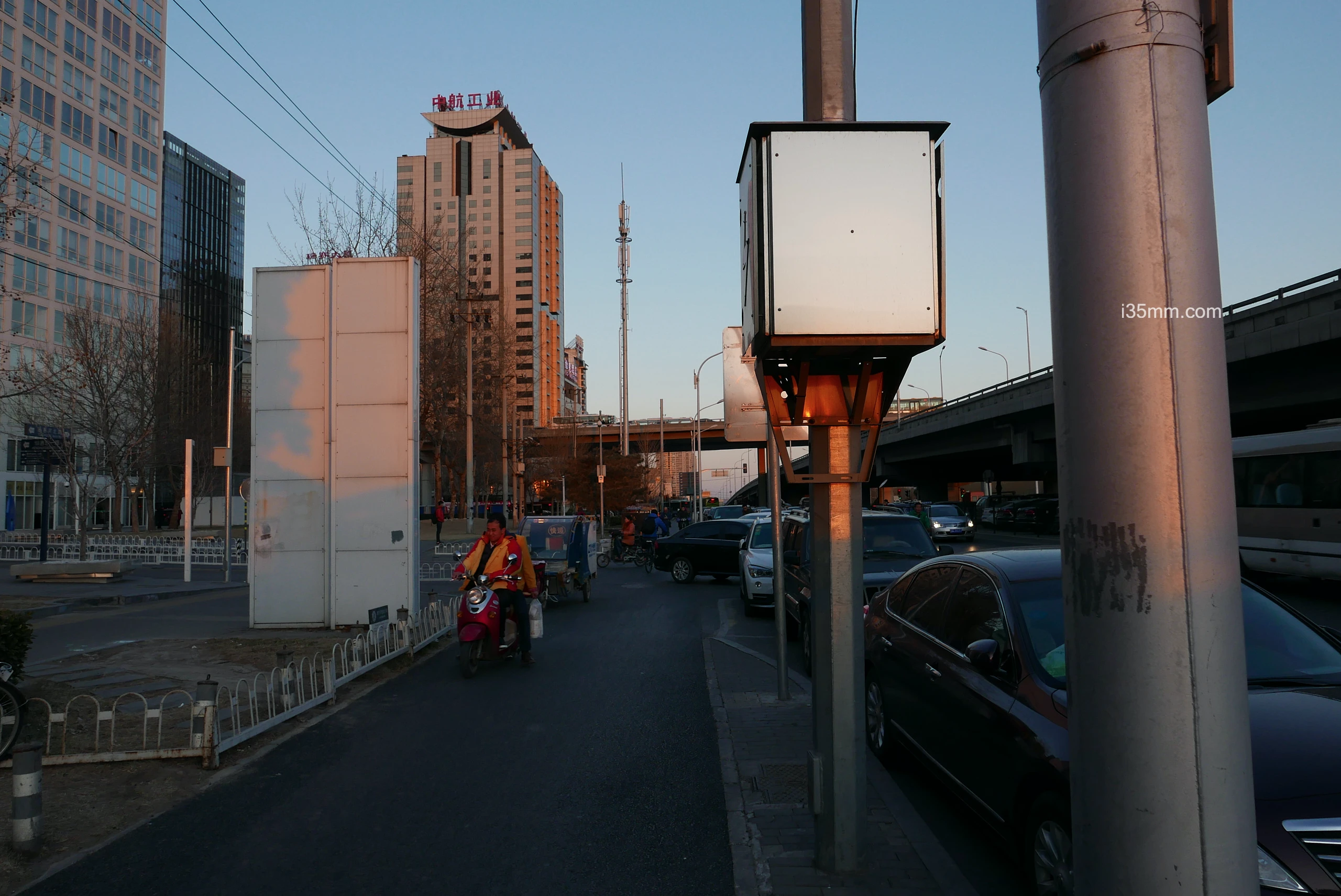



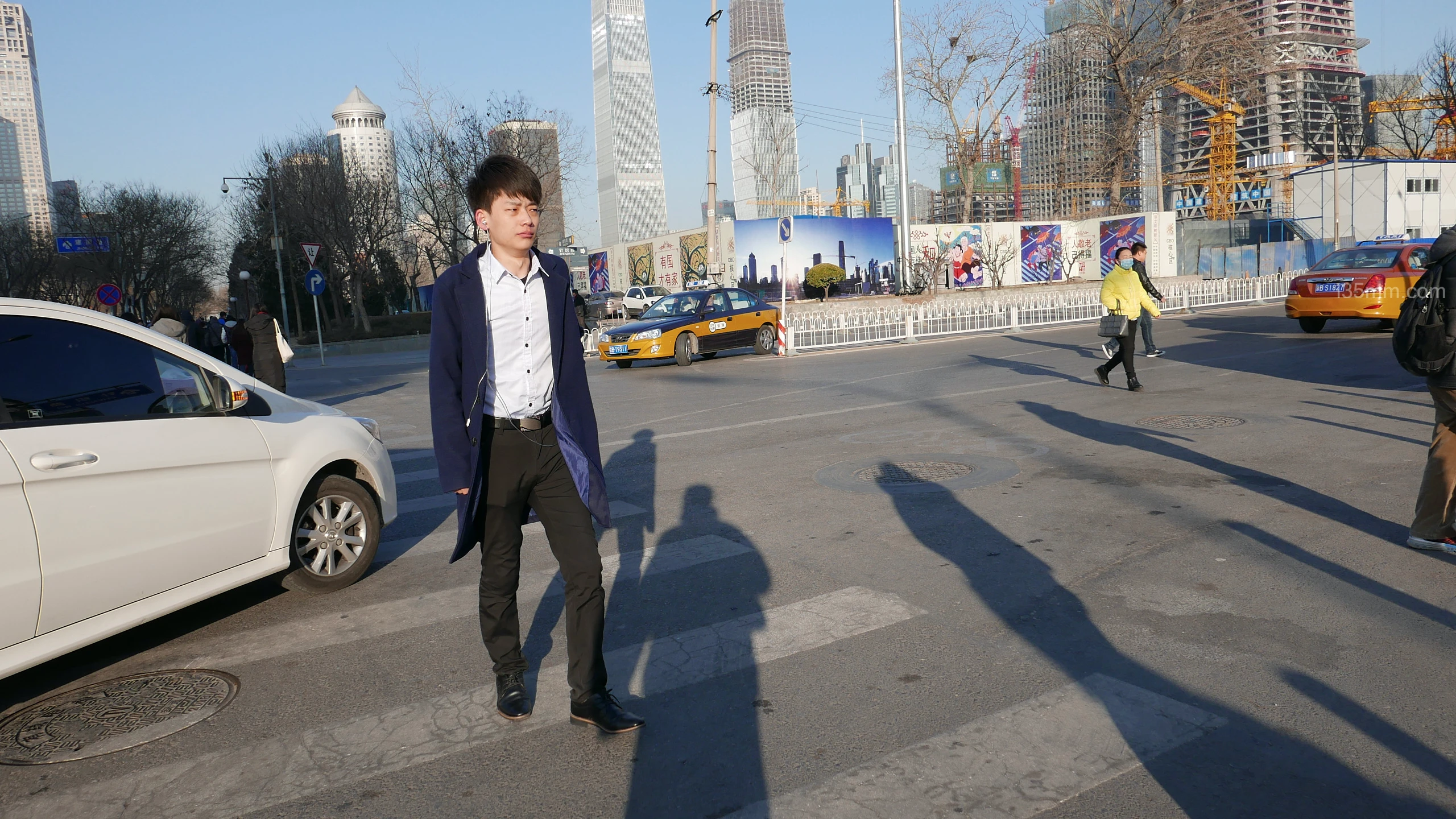





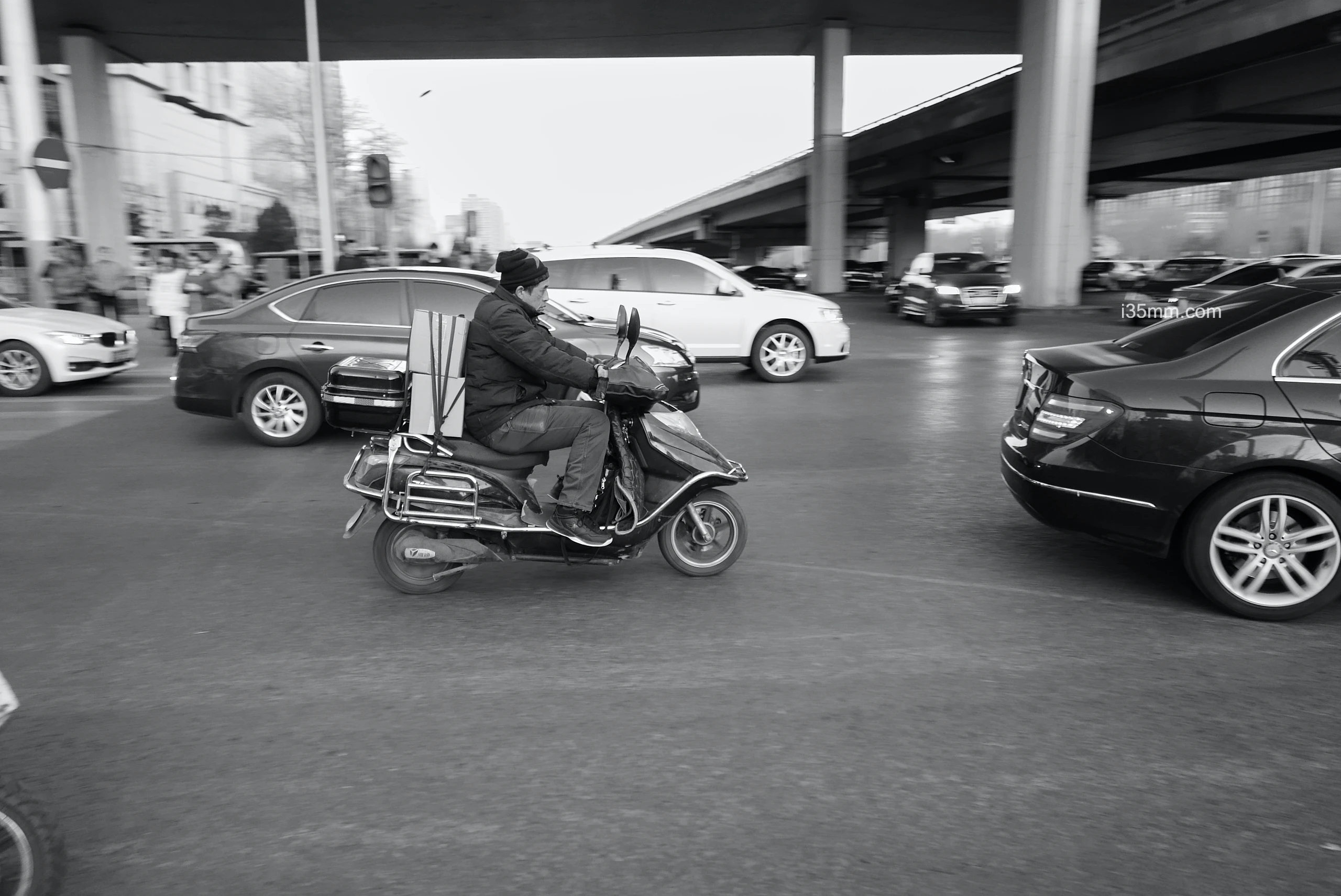

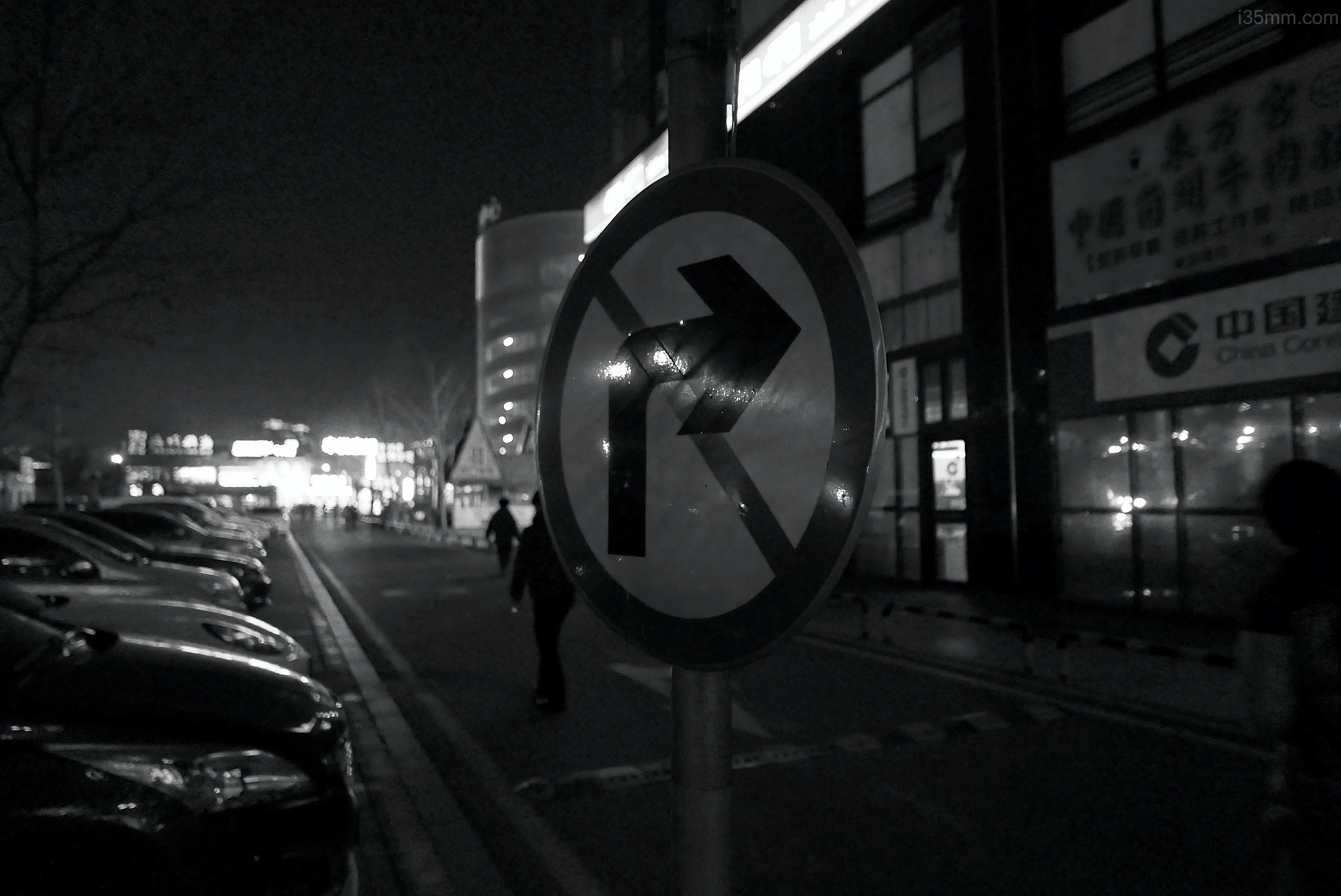


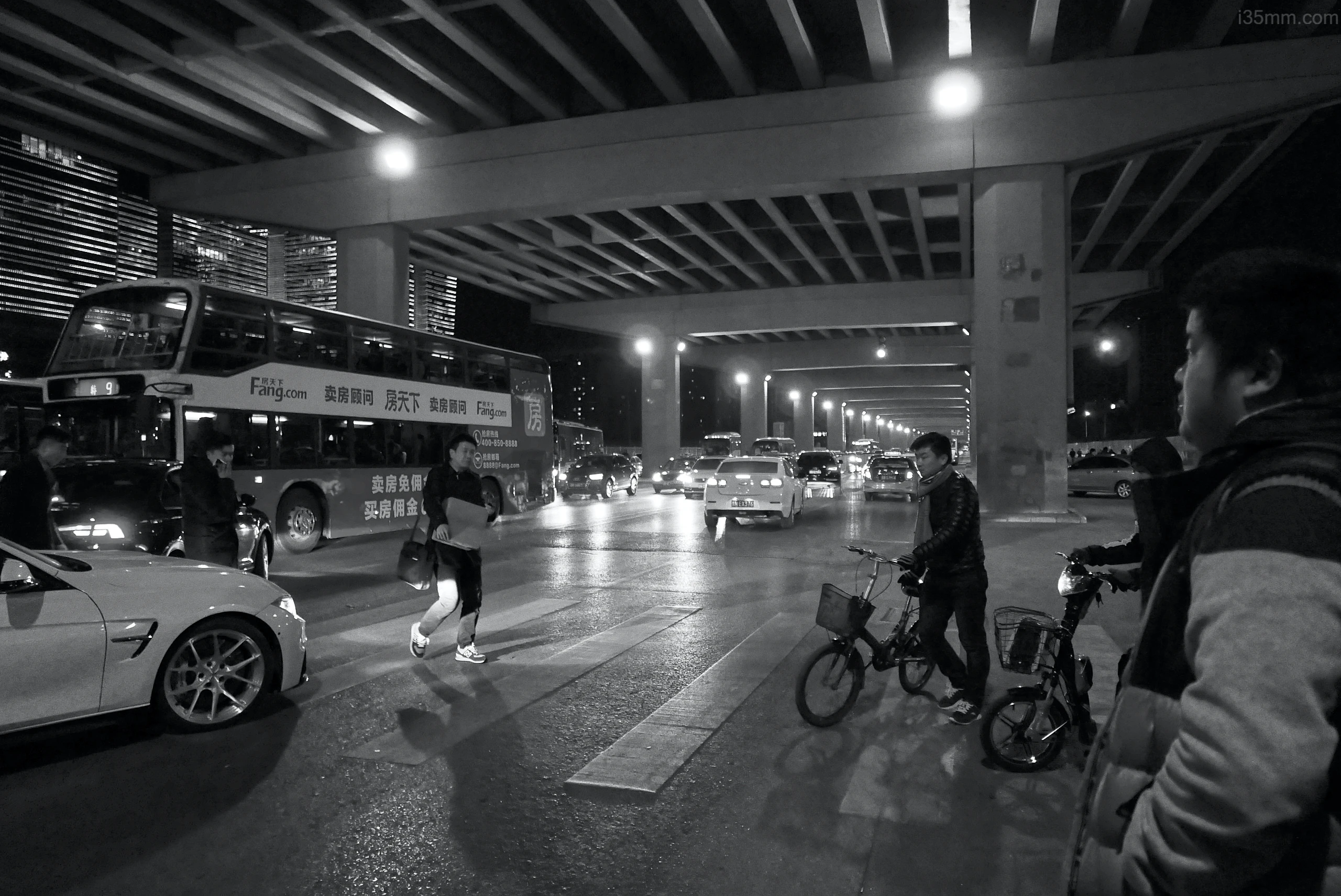
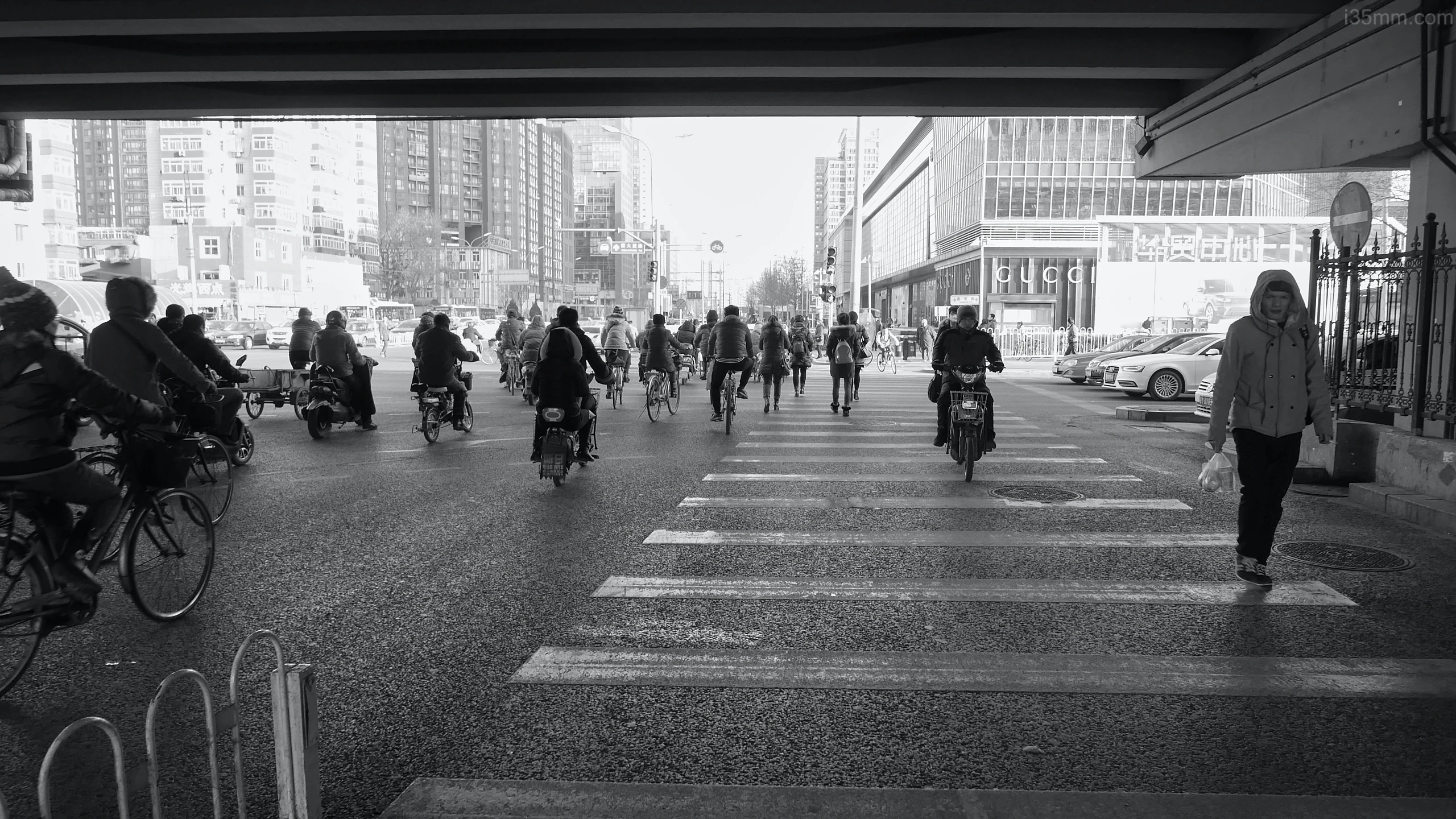

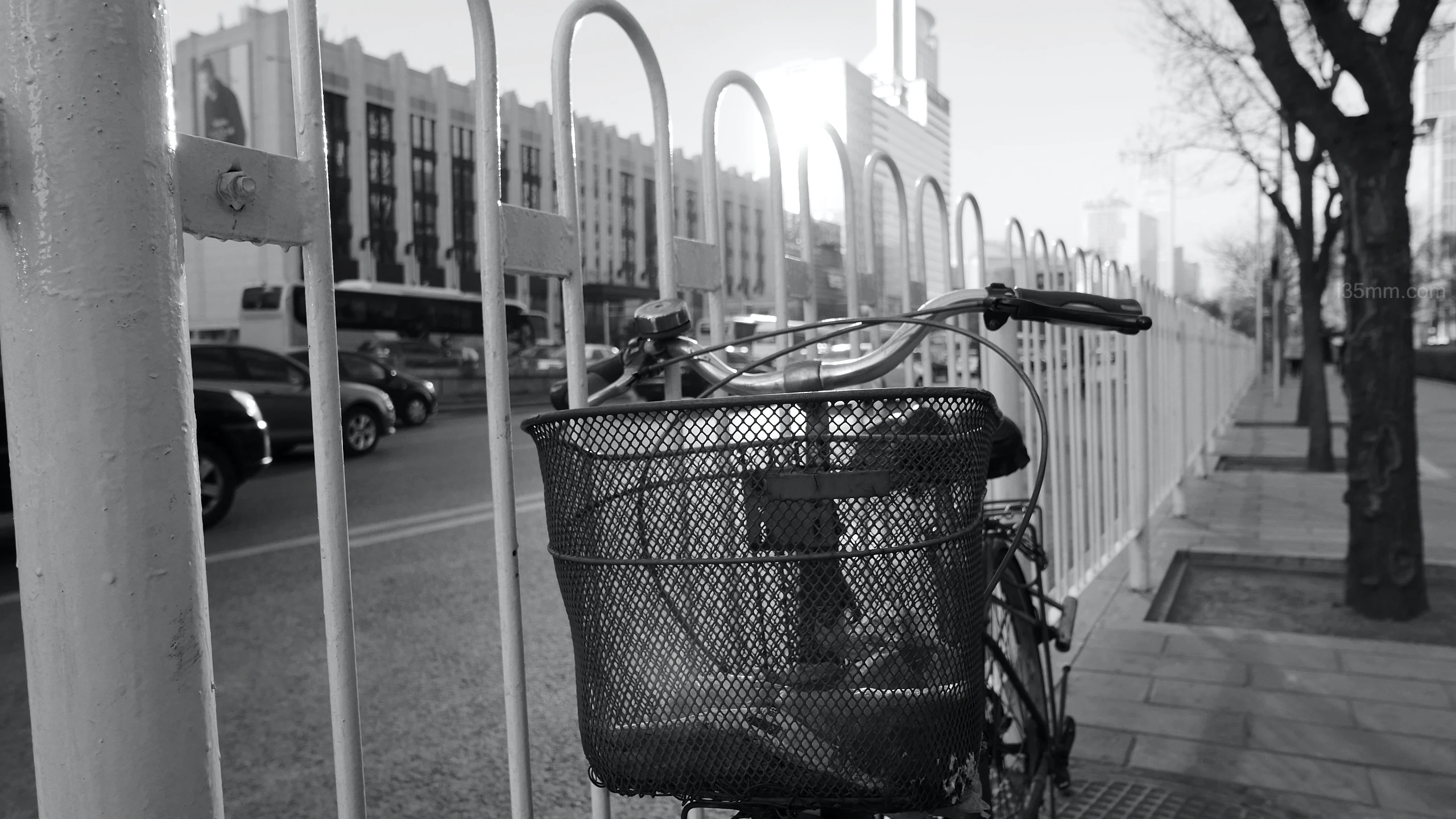



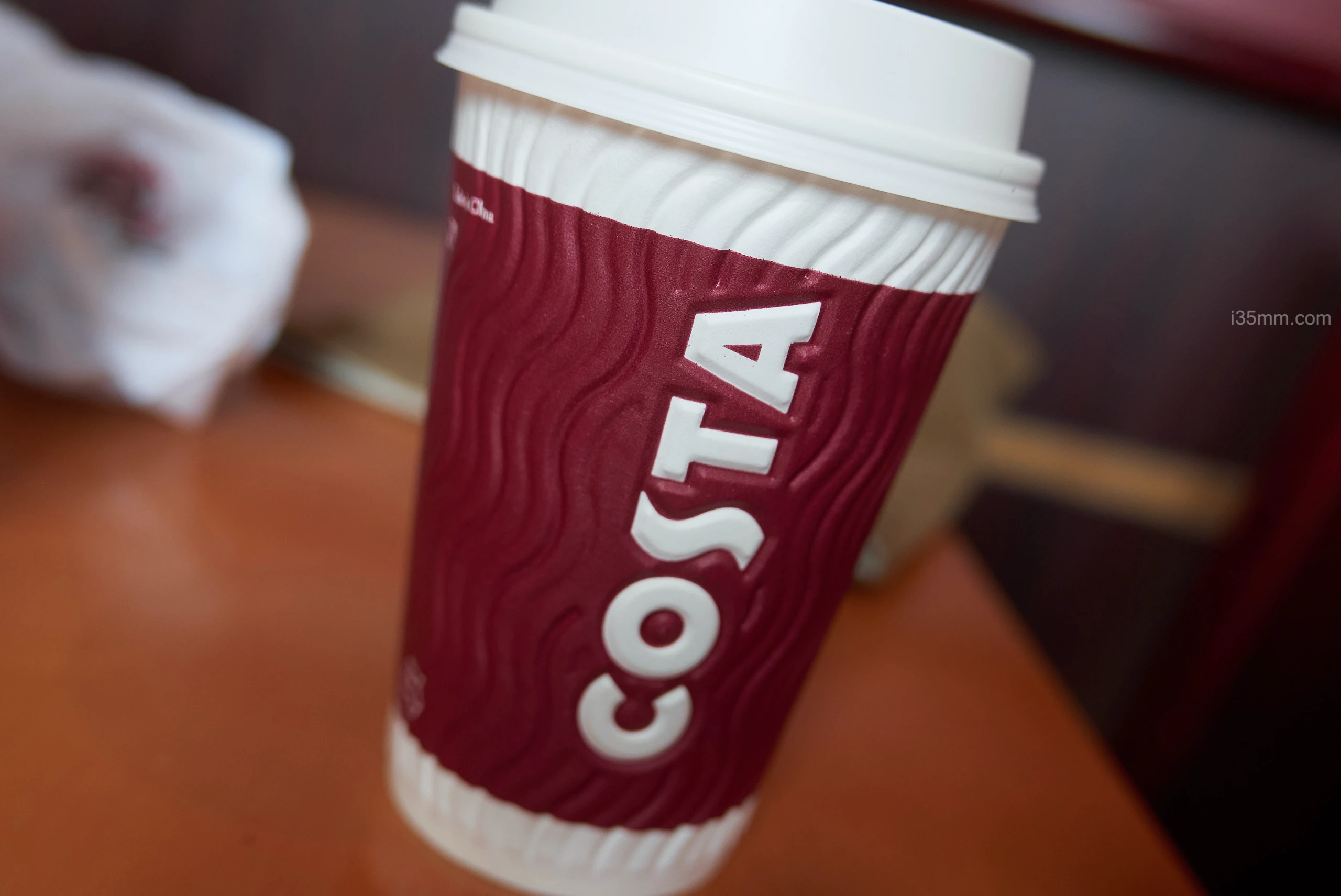
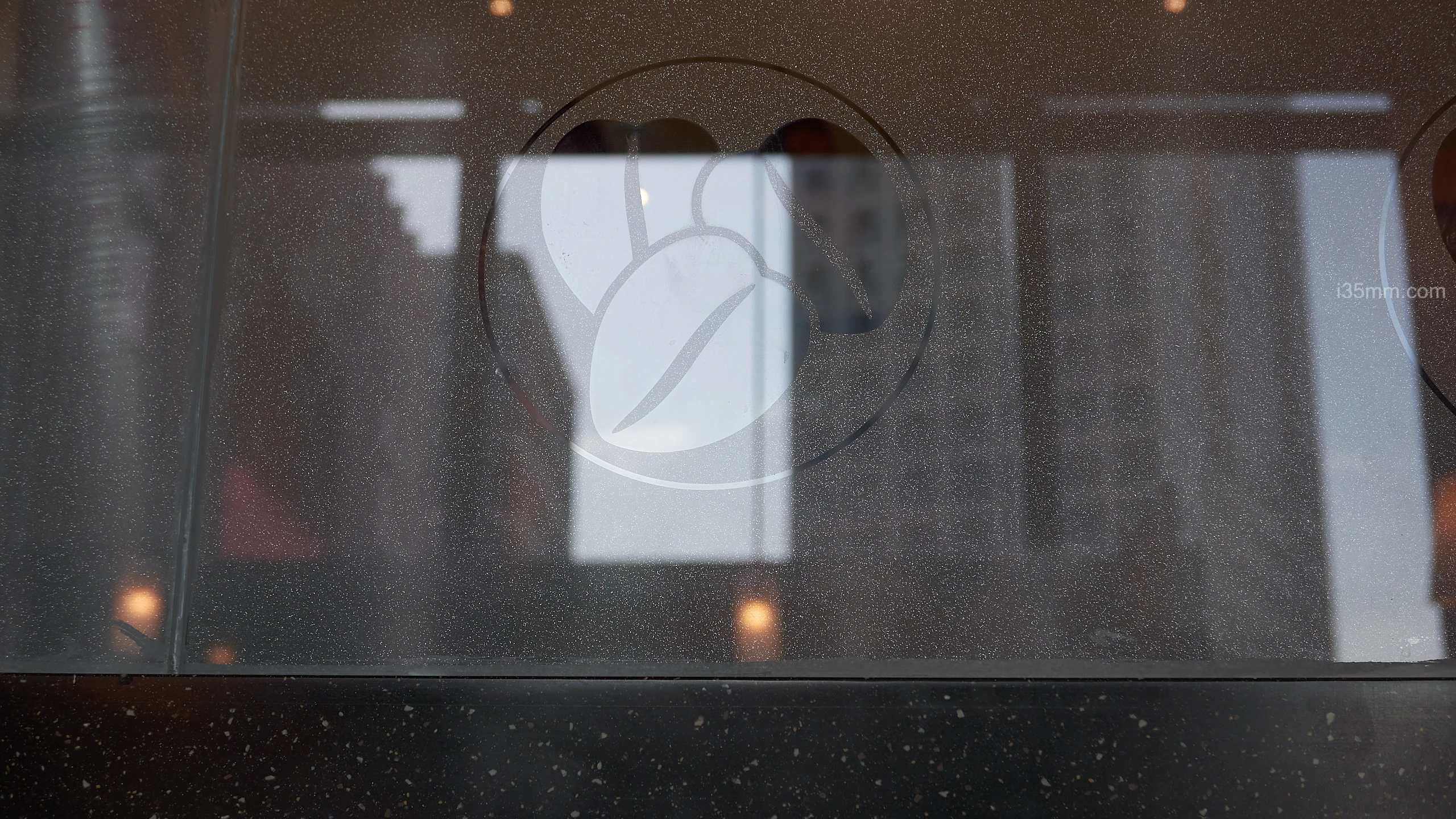

Leica D-Lux 5 Review: The Anti-Investment—Where Nostalgia Trumps Specs, and Luxury Defies Logic
The CCD Time Capsule
In the autumn of our digital discontent, we return to relics like the Leica D-Lux 5 (2010)—a 10MP compact that smells of decaying CCD charm. To hold this Panasonic-born, Leica-badged paradox is to grasp photography’s lost innocence, when “vintage” meant “last decade” and “luxury” wasn’t code for “resale value.” Its 1/1.63″ sensor? A postage stamp. Its cult status? Unshakable.

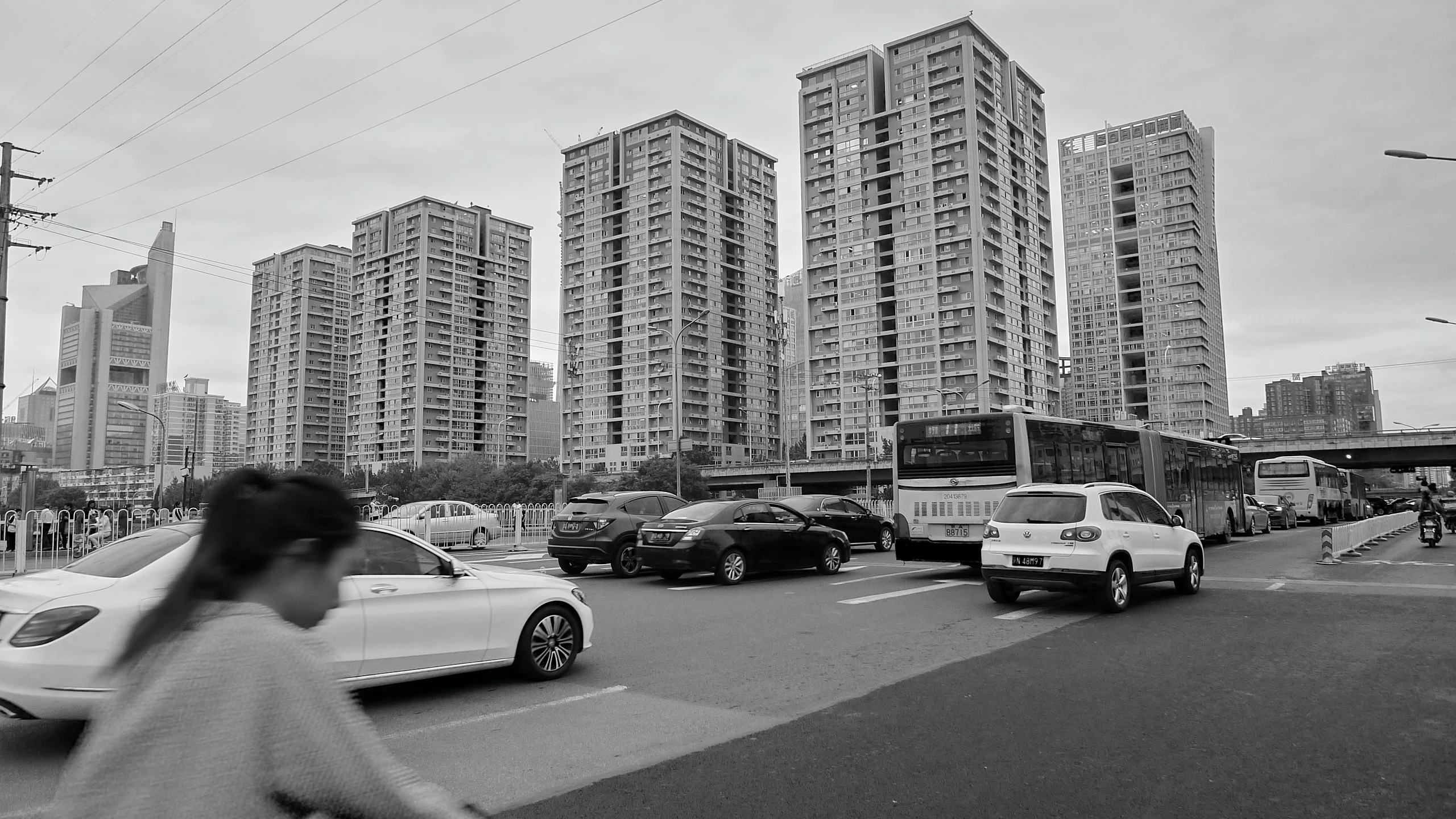

Pocket-Sized Theater
- Body Politics
- Dimensions: 110 x 66 x 26mm—svelte as a Rothko postcard
- Weight: 270g (9.5oz)—heavy enough to feel “premium,” light enough to forget
- Aesthetic: Leica red dot glowing like a Weimar cabaret sign
- Lens Alchemy
- Specs: 24-90mm f/2-3.3 (equiv)—brighter than its midlife crisis deserves
- Coating: Leica’s “CCD Veil”—soft contrast masking digital adolescence
- Interface Relics
- Control Dial: Stiff as a Prussian butler
- Screen: 3″ LCD with 460k dots—nostalgia goggles not included
Sensor Wars
| Aspect | D-Lux 5 (2010) | D-Lux 7 (2018) |
|---|---|---|
| Sensor | 1/1.63″ CCD (RIP) | 4/3″ CMOS |
| Color Science | Washed watercolor | Digital oil painting |
| ISO Range | 80-6400 (theoretical) | 200-25600 (optimistic) |
| Soul | Kodachrome daydream | Computational realism |
Field Notes: Autumn Reverie
Scene 1: Crumbling Berlin bookstore
- f/2 @24mm: Dust motes rendered like cosmic debris
- ISO 400: Noise pattern mimicking 35mm film grain
Scene 2: Parisian café terrace at dusk
- JPEG Hack: Contrast +2, Saturation +1—Voilà! “Leica Look” achieved
- RAW Reality: Flat files begging for Lightroom CPR
The Luxury Paradox
Leica’s open secret: The D-Lux line funds M10s. Yet herein lies its subversive charm—this $300 plastic-and-metal sandwich mocks “investment-grade” camera culture. To shoot D-Lux 5 in 2023 is to declare: “I consume light, not portfolios.”
CCD Gospel
- Color Signature: Faded polaroid tones—call it “pre-distressed art”
- Dynamic Range: 8 stops—sufficient for haiku, insufficient for HDR
- Bokeh: f/3.3 @90mm = background mush (embrace the abstraction)
Who Buys This Delusion?
✓ CCD Evangelists: Worshiping at the altar of “organic” noise
✓ Leica Tourists: Dipping toes before M-plunge
✓ Contrarian Artists: Using technical limits as creative fuel
Avoid If: You confuse megapixels with meaning.
Final Verdict: The Beautiful Folly
The D-Lux 5 is luxury’s inside joke—a $300 lesson in photographic hedonism. For the price of a used iPhone case, you gain:
- Entry to Leica’s velvet-rope club
- Proof that obsolescence breeds creativity
- Permission to enjoy cameras as perishable art
Rating: ⭐⭐⭐/5 (for poets) | ⭐/5 (for realists)
“A camera that sneers: ‘Resale value? I’m too busy making bad photos.’”
CCD whispers,
Red dot bleeds on autumn leaves—
Luxury unbound.
